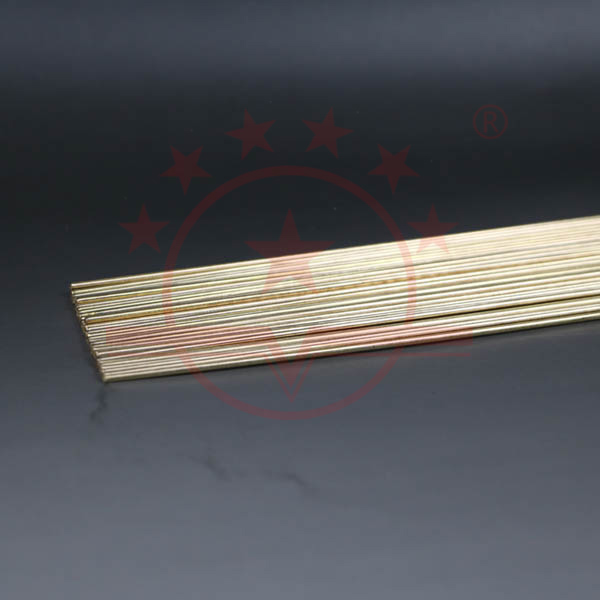
Weldability concept
Weldability refers to the adaptability of materials to welding process, which is used to measure the difficulty of obtaining high quality joints under certain welding conditions and whether the joints can operate reliably under service conditions.
Weldability includes weldability of process and weldability of use.
Weldability refers to the ability to obtain excellent, compact and defection free welded joints under certain welding conditions.It is not the inherent property of the metal itself, but is evaluated according to a certain welding method and the specific technological measures adopted.Therefore, the weldability of metal materials is closely related to the welding process.For fusion welding, the heat transfer process and metallurgical reaction process are generally experienced, so the process weldability can be divided into "hot weldability" and "metallurgical weldability".Thermal weldability refers to the degree of influence of welding heat cycle on the microstructure and defects of welding thermal affected zone.It is used to evaluate the sensitivity of welded metal to heat, such as crystal growth and microstructure change.It is mainly related to the material and welding process.Metallurgical weldability refers to the degree of influence of physical and chemical changes on weld properties and defects in a certain metallurgical process.It includes the effects of oxidation, reduction, nitriding, evaporation, hydrogen, oxygen and nitrogen dissolution on the formation of pores, inclusions, cracks and other defects of the alloy elements, to evaluate the sensitivity of the welded material to metallurgical defects.
Weldability refers to the degree to which the welded joint or the whole structure meets the service performance specified in the technical conditions of the product.The performance depends on the working conditions of the welded structure and the technical requirements of the design.It usually includes conventional mechanical properties, low temperature toughness, brittle fracture resistance, high temperature creep, fatigue properties, durable strength, corrosion resistance and wear resistance.
Theoretically, any two kinds of metals or alloys which can form solid solution or eutectic with each other in the melting state can be welded in principle.Namely has the so-called principle weldability, also called the physical weldability.However, this principle of weldability only provides a theoretical basis for the realization of welding of the material, which does not mean that the material can obtain high-quality welded joints meeting the requirements of performance with any welding method.The same metal or alloy has the principle weldability between them, but, their weldability in different welding process conditions is very different.For example, when oxygen-acetylene flame welding is used between aluminum alloy 2A16, it is easy to crack or seriously reduce its strength and plasticity, and it is difficult to obtain high-quality welded joints.However, when argon arc welding is used, the effect is very good.It shows that the adaptability of 2A16 aluminum alloy to gas welding is poor, but to argon arc welding is better.
Therefore, the weldability of metal materials is not only related to the inherent properties of the material itself, but also related to many welding conditions.The same material has different weldability under different welding conditions.And with the development and improvement of new welding methods, welding materials or welding process, some metal materials with poor weldability will become good weldability.



















 sales@welding-material.com
sales@welding-material.com







